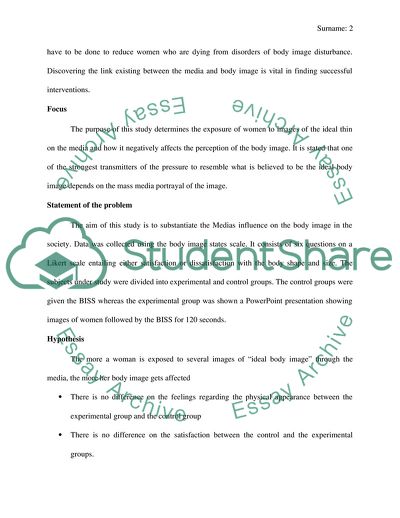Cite this document
(Body Image on the Media Research Paper Example | Topics and Well Written Essays - 2250 words, n.d.)
Body Image on the Media Research Paper Example | Topics and Well Written Essays - 2250 words. https://studentshare.org/sociology/1853100-body-image-on-the-media
Body Image on the Media Research Paper Example | Topics and Well Written Essays - 2250 words. https://studentshare.org/sociology/1853100-body-image-on-the-media
(Body Image on the Media Research Paper Example | Topics and Well Written Essays - 2250 Words)
Body Image on the Media Research Paper Example | Topics and Well Written Essays - 2250 Words. https://studentshare.org/sociology/1853100-body-image-on-the-media.
Body Image on the Media Research Paper Example | Topics and Well Written Essays - 2250 Words. https://studentshare.org/sociology/1853100-body-image-on-the-media.
“Body Image on the Media Research Paper Example | Topics and Well Written Essays - 2250 Words”. https://studentshare.org/sociology/1853100-body-image-on-the-media.


